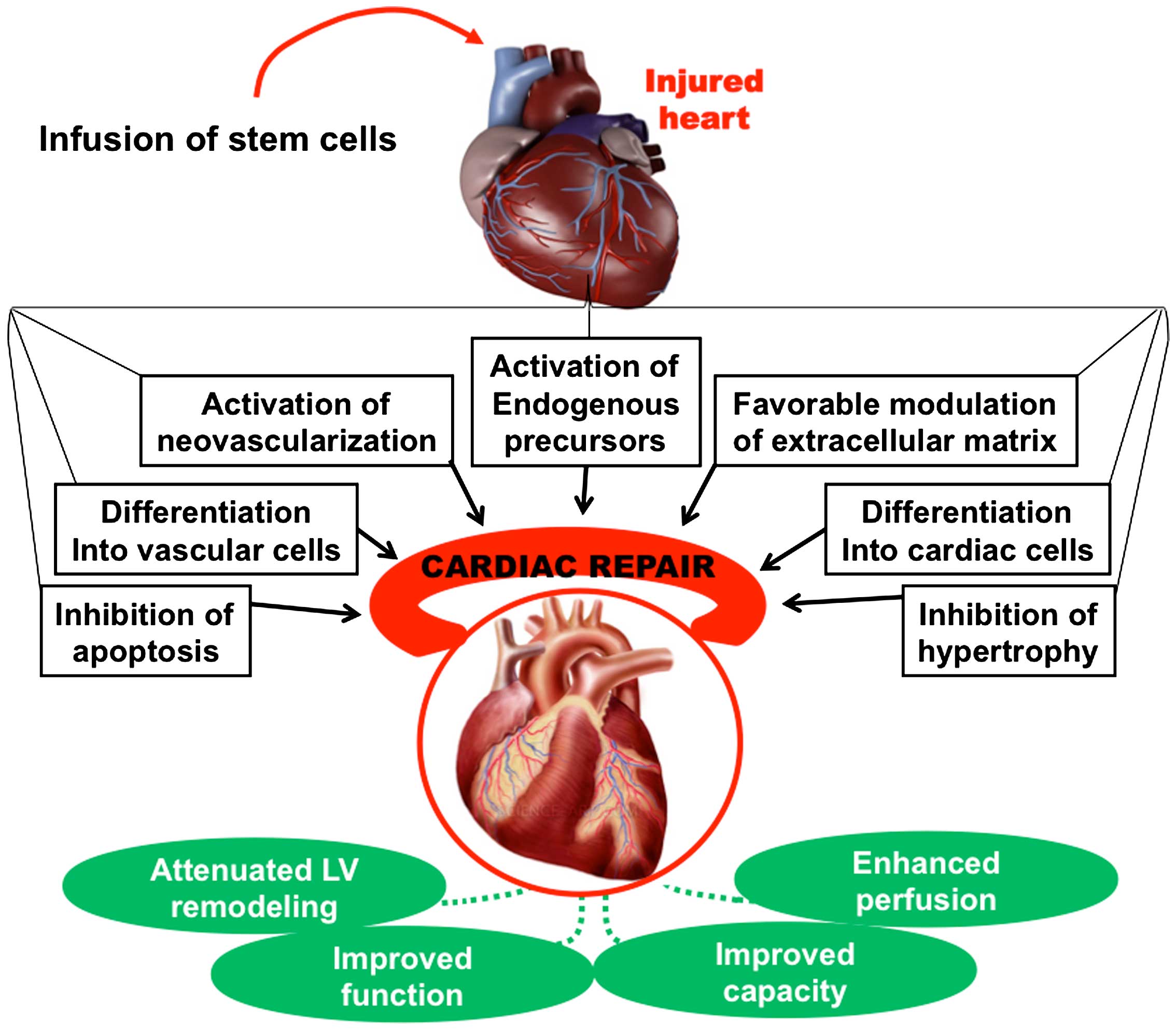Table of Contents
The authors note obstacles that remain, consisting of increasing the engraftment success and cell survival. Due to the fact that the ISCI and Miller School are leaders in this field, the authors likewise emphasize the need to standardize definitions and results measures in the area. "The Hare Lab stays at the forefront of introducing brand-new treatments in this vital medical domain name.
Currently we are checking out just how to harness such stem cells to aid people heal their own broken hearts."The research is guided by the Cedars-Sinai Heart Institute, with the partnership of the Johns Hopkins College, where Dr. Marbn functioned before signing up with Cedars-Sinai in 2007. The 24 individuals taking part in the research study have hearts that were harmed and marked by heart strikes.

It takes around four weeks for the cells to increase to numbers adequate for therapeutic usage, about 10 to 25 million. In the 3rd and last action, the now-multiplied stem cells are reintroduced into the patient's coronary arteries during a 2nd catheter treatment. All individuals in the research needed to have knowledgeable cardiovascular disease within 4 weeks before registering in the study task.
Later this summer season, it is anticipated that 12 even more people will go through treatments to receive 25 million stem cells, while 6 added people will certainly be checked as controls. The first client, Kenneth Milles, a 39-year-old controller for a tiny building and construction company in the San Fernando Valley, experienced a cardiac arrest on May 10 due to a 99 percent obstruction in the left former descending artery, a major artery of the heart.
The process to expand the cardiac-derived stem cells associated with the study was established by Marbn when he was on the faculty of Johns Hopkins University. The college has applied for a license on that copyright, and has licensed it to a firm in which Dr. Marbn has an economic rate of interest.

All funding was originated from the National Institutes of Health, the Donald W. Reynolds Structure and Cedars-Sinai Medical Facility. Marbn holds The Mark Siegel Family Members Structure Endowed Chair and Supervisor of the Heart Institute.
Breakthroughs in stem cell therapy for Peripheral Artery Disease and what patients are saying
Cardiac arrest is a severe or persistent condition that influences numerous people worldwide. One of the most commonly approved techniques of therapy typically include signs and symptom monitoring and drug considered life, so the concern triggered by the problem is heavy. Stem cell therapy for heart failing has actually emerged as a new method to treat and take care of the core of the disease.
Nonetheless, stem cell therapy can help to reduce signs and symptoms and boost the heart's pumping ability. This therapy utilizes the capability of stem cells to self-regenerate and self-heal. Adhering to the admission of stem cell injections for heart disease, a number of systems come into play: Stem cells for cardiac arrest advertise the formation of specialized heart muscle mass cells and regenerate damaged tissue, enhancing the heart's pumping capability.
These are kinds of grown-up stem cells that are acquired from bone marrow, fat tissue, and skin cells. These are the most common and well-researched kinds of stem cells.
These are obtained from embryos and have the pluripotent potential to change right into any kind of kind of cells, including cardiac ones. The main trouble with these cells is that, as they are extracted from embryos, they have many honest and legal restrictions and are only utilized in details circumstances. for the factors discussed above.
Next-gen support for Atherosclerosis with minimal downtime
These cells stem in the heart and are fit to cardiac repair. Clinical Expert, Swiss Medica physician The application and treatment of stem cell therapy consists of 5 actions: People start with an on-line appointment with our medical consultant and are after that reviewed by a cardiologist, that will get the needed clinical background, execute blood examinations, and request imaging research studies to identify whether stem cell treatment for heart failing is a practical option.
We carry out stem cells through pain-free stem cell injections for heart disease. A highly trained medical professional will inject refined stem cells into the bloodstream; the entire treatment takes less than an hour. After completing the heart disease stem cell therapy procedures, our patients will be monitored for any type of problems and outcomes.
Navigation
Latest Posts
Does stem cell therapy support Arrhythmias — what the science says
Top clinics for stem cell therapy targeting Peripheral Artery Disease
Innovative approach to Heart Failure with stem cell therapy